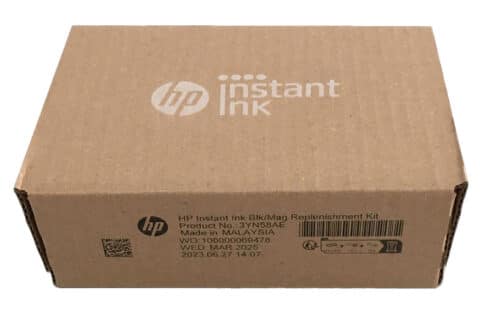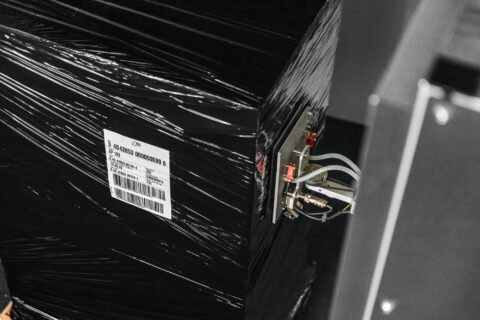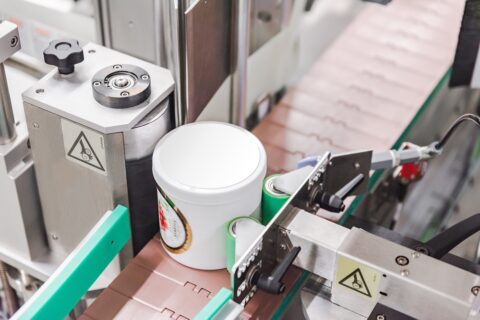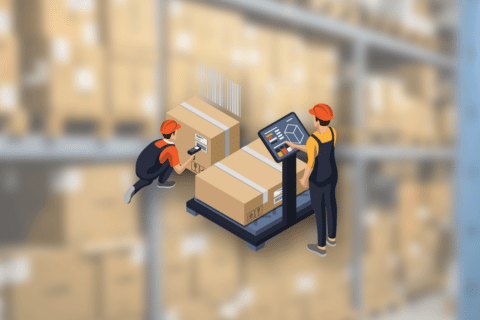Whether a label is applied manually or automatically to a product or product packaging makes a big difference.
The selection of the right label material is of enormous importance for automatic marking and its smooth running. Machine and label must be able to work together and be coordinated.
The manual application of labels to a product is usually unproblematic, but very time-consuming. Labeling systems can apply labels to the product fully automatically. However, certain requirements must be met for maximum efficiency.
Apply labels by hand or by machine?
Applying a label to a product or product packaging by hand makes perfect sense for small production quantities. Automatic application by machine is used with increasing numbers of products.
The following variants of product marking are possible:
- Labels written by hand with pen and also glued by hand
- Labels already printed by the label manufacturer and glued by hand
- Labels printed with a label printer and glued by hand
- Labels already printed by the label manufacturer and automatically applied by a label dispenser
- Label dispensers that include a printing unit to print the desired data
Requirements for automatic labeling
The ideal labeling machine should be selected according to the following criteria:
- Necessary application speed
- Application accuracy
- Printing options
- Integration into production lines or packaging systems
Some of the most important features of the lable machine include:
- The shape of the application edge (radius of curvature)
- The squareness to the web guide
The label and the application system together form a perfectly functioning system. Therefore the label (consisting of the three components: face material, adhesive and release liner/silicone paper) must be precisely matched to the characteristics of the dispensing system.
The difference in labels for machine processing
Not every label that can be applied to a product by hand can be dispensed automatically. The application method achieves different adhesion results.

The label size must also be taken into account for automatic dispensing. A particularly small or particularly large label cannot be applied so easily to the substrate. This requires separate label materials and machine properties that allow for perfect processing and positioning accuracy.
Also, the removal of the label from the liner is different. The release of the label takes place at the dispensing edge. When selecting the label material (including the carrier material), some important features for the positive separation process must be considered:
- The flexural rigidity of the label
- The release force between adhesive and backing paper (silicone paper)
- The radius of curvature of the dispensing edge
If the components are not selected correctly, processing problems are going to emerge. For example: if the release forces are too high, the label has low bending stiffness or the dispensing edge has too large a radius of curvature. This can lead to the label not coming off at the dispensing edge, for example, but remaining on the silicone paper. This results in incorrect labeling.
If, on the other hand, the separating forces are too low, the label could come off before, e.g. at the deflection rollers. Then it would be dispensed completely uncontrolled.
The right combination for automatic labeling
In order to achieve a smooth processing, the cooperation between label dispenser and labels must be perfect. The label must be tested beforehand on the original machine to ensure the optimum labeling result in the production process. Weber Marking Systems is a specialist in this field and can therefore advise you as required and supply you with the appropriate consumables. Just contact us!
Get in touch with our labeling experts
- How to save costs by labeling without compressed air
- Sustainable Product Marking and Labeling
- 7 Smart Ways to Reduce Labeling Costs
- Labelling more efficiently – 5 future-proof solutions
- How to minimize downtime during batch changeover
- Marking on cardboards: Labeling vs. direct printing
- How variable data labels can boost your business


















